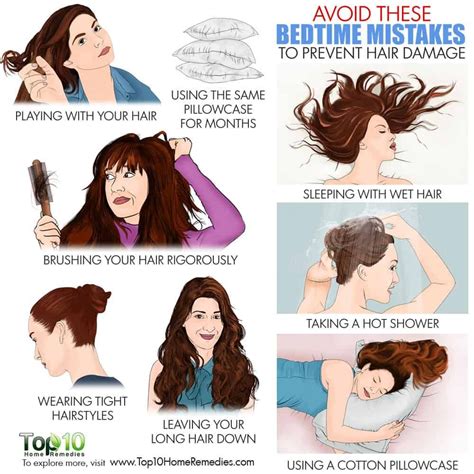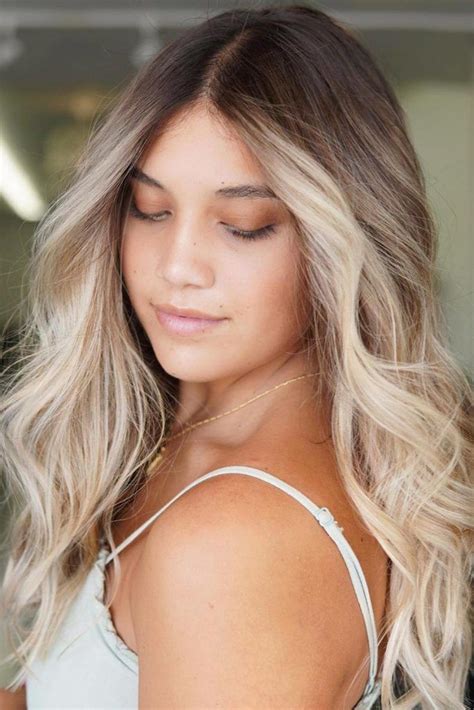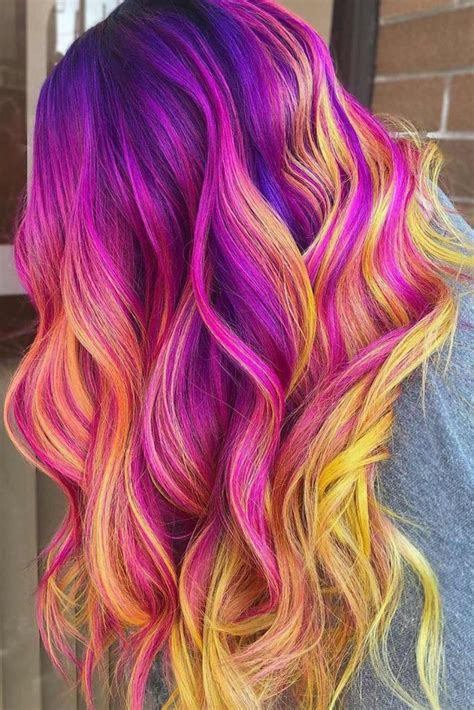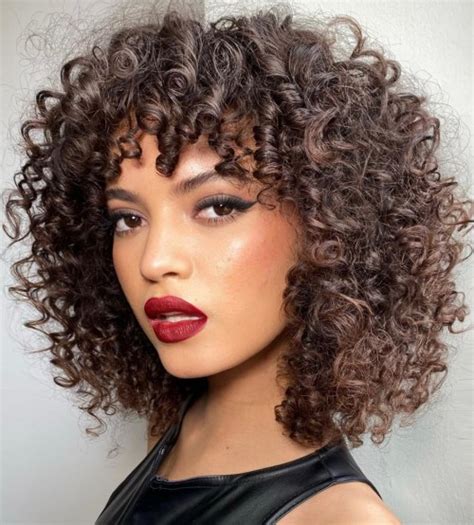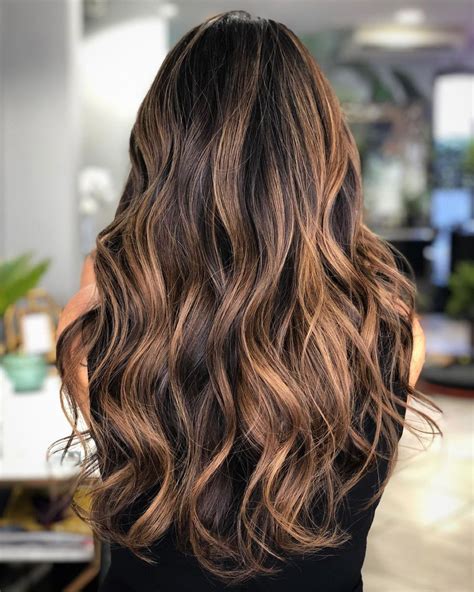Discover essential bedtime hair care tips including pillowcase selection, loose braids, and morning routines to ensure hair health and protection while sleeping.
Preparation for bedtime
Contents
When you have long hair, it’s crucial to take special care of it, especially at bedtime. Here are some steps to ensure your long hair stays healthy while you sleep.
First, it’s important to detangle your hair before going to bed. Gently brush your hair with a wide-tooth comb to remove any knots or tangles. This will prevent your hair from becoming even more tangled while you sleep.
Next, consider using a silk pillowcase to protect your hair. Silk is gentle on the hair and helps to reduce friction, preventing breakage and split ends. This is especially important for long hair, which is more prone to damage.
Another tip for preparing your hair for bedtime is to switch to a loose braid or ponytail. This will prevent your hair from getting tangled and keep it contained while you sleep. Just be sure not to tie it too tightly, as this can cause breakage.
Finally, consider using a leave-in conditioner or hair oil to moisturize your ends before bed. This will help to keep your hair hydrated and prevent it from becoming dry and brittle overnight.
Protecting your hair while sleeping
Long hair can be a hassle to manage, especially when it comes to protecting it during sleep. Tossing and turning can cause friction, leading to breakage and split ends. To avoid damaging your hair while you sleep, there are a few simple steps you can take to protect your locks.
Firstly, consider investing in a silky or satin pillowcase. Unlike cotton, these materials are less likely to cause friction and therefore reduce the risk of damage to your hair. Additionally, tying your hair up in a loose braid or ponytail can prevent tangling and minimize breakage. Another option is to wrap your hair in a silk scarf before bed, providing an extra layer of protection.
Furthermore, it’s important to keep your hair moisturized while you sleep. Applying a leave-in conditioner or hair oil before bed can help to keep your locks hydrated and prevent them from becoming dry and brittle overnight. In addition, choosing the right pillowcase fabric and hair wrap is crucial when it comes to maintaining healthy hair.
In conclusion, protecting your long hair while sleeping is essential for maintaining its health and appearance. By making a few simple adjustments to your sleep routine, such as using a silky pillowcase, tying your hair up, and keeping it moisturized, you can help to prevent damage and maintain strong, beautiful locks.
Choosing the right pillowcase
Choosing the right pillowcase
When it comes to protecting your hair while sleeping, choosing the right pillowcase can make a big difference. Silk and satin pillowcases are often recommended for those with long hair, as they are smooth and reduce friction, which can help prevent breakage and reduce frizz. These materials also help to retain moisture in the hair, which can be especially beneficial for those with dry or damaged hair.
Another benefit of silk and satin pillowcases is that they are gentle on the skin, reducing the likelihood of wrinkles and creases that can occur from sleeping on rougher materials. When selecting a pillowcase, it’s important to consider the weave and quality of the fabric. Look for a high-quality silk or satin pillowcase with a tight weave to ensure the best results for both your hair and your skin.
If silk or satin pillowcases are not an option for you, consider a bamboo or high thread count cotton pillowcase, as these materials can also provide a smooth surface for your hair and skin while sleeping. Avoid pillowcases made from rough materials like polyester or low-quality cotton, as these can cause friction and damage to your hair over time.
Finally, it’s important to regularly clean your pillowcase to remove any build-up of oils, products, and bacteria that can transfer to your hair and skin while you sleep. Be sure to follow the care instructions for your chosen pillowcase material to keep it in the best condition for both your hair and your skin.
Loose braid or ponytail
How To Sleep With Long Hair
When it comes to sleeping with long hair, finding the right hairstyle is essential to prevent tangles and breakage. One of the most popular options is to tie your hair in a loose braid or ponytail before going to bed. This not only keeps your hair out of your face while you sleep, but also minimizes frizz and reduces the likelihood of knots forming.
It’s important to opt for a loose braid or ponytail, as tight hairstyles can cause tension on the hair follicles and lead to breakage. Additionally, using a satin or silk hair tie is recommended to prevent any pulling or tugging on the hair strands. This will help to maintain the integrity of your locks and contribute to healthier hair in the long run.
For added protection, you can also apply a small amount of leave-in conditioner or hair oil before styling your hair into a loose braid or ponytail. This will help to nourish and moisturize your locks while you sleep, reducing the risk of dryness and damage.
By incorporating a loose braid or ponytail into your bedtime routine, you can ensure that your long hair stays manageable and healthy, even while you sleep. This simple yet effective technique can make a world of difference in the overall condition and appearance of your hair, allowing you to wake up with smooth, tangle-free locks every morning.
Morning hair care routine
When it comes to your morning hair care routine, it’s important to start the day off on the right foot, or should I say, the right strand. The morning is the perfect time to rejuvenate and revitalize your locks after a long night’s rest.
First and foremost, gentle is the name of the game. As you wake up, resist the urge to immediately grab a brush and start vigorously pulling it through your hair. Instead, take a few minutes to run your fingers through your hair, gently detangling any knots or tangles that may have formed overnight. This will help to prevent breakage and damage to your hair.
Next, it’s time to nourish your hair. Consider using a moisturizing hair oil or serum to give your hair a boost of hydration and shine. Pay particular attention to the ends of your hair, as they tend to be the most dry and damaged. Massage the oil into your hair, focusing on the ends, and let it sit for a few minutes before continuing with your morning routine.
After addressing any tangles and adding some hydration, it’s time to style your hair for the day. Whether you choose to wear it down, in a ponytail, or in a braid, make sure to use hair-friendly accessories and avoid any styles that put excessive stress on your hair. Lastly, always remember to protect your hair from the damaging effects of heat styling and UV rays by using protective products and wearing a hat in the sun.

